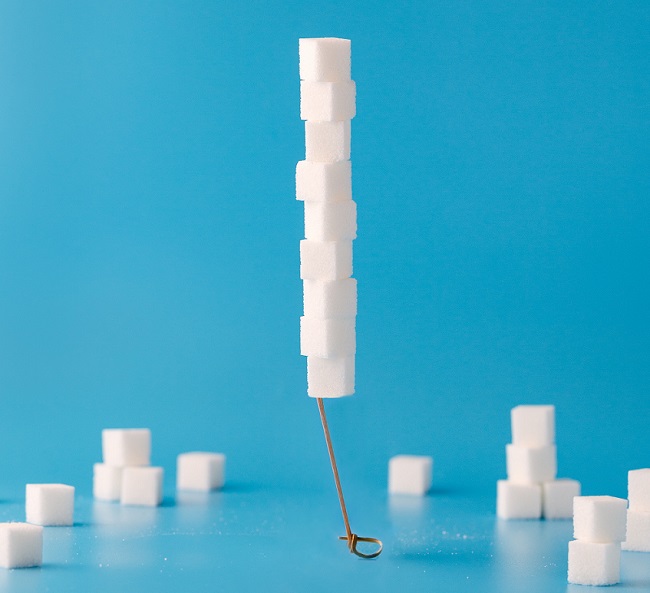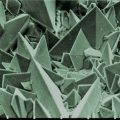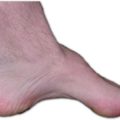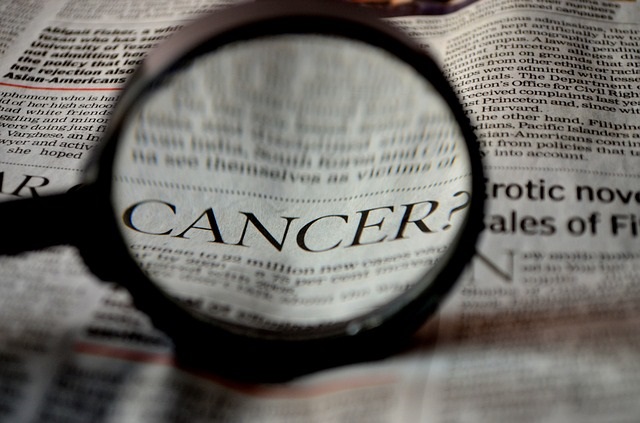Between 1962 and 1982, I was a pediatrician at Cleveland Clinic, a multispecialty medical institution. Because I was a consultant pediatrician. doctors in a private practice referred some of their more difficult patients. I was confronted with a number of children who were experiencing emotional diseases such as Attention Deficit Disorder (ADD), Learning Disability, and Hyperactivity. The usual explanation for this kind of emotional disease is poor parenting. Therefore, I would sit down with the parents and discuss their approach. In most cases, it was healthy, but when I looked into the diet of the affected children, I found that in each and every case, it was full of empty calories, particularly from consumption of sugar and fat, consumed for their sense of taste. Indeed, this consumption was actively encouraged, since it provided the child with obvious pleasure.
Sugar Induced Cellular Energy Deficiency
I turned to the library and read the details concerning the processing of sugar and fat in the body. Without going into the details, vitamin B1 (thiamine) stands at the head of the complex machinery that enables our cells to turn food into energy. I concluded that cellular energy deficiency in the brain was causing distortion of normal brain function in these children, I looked into what research was available and I found a 1935 publication by Sir Rudolph Peters, a famous researcher who worked at Cambridge University. He was trying to discover the role of vitamin B1 (thiamine) in the body. It had only recently been discovered that dietary thiamine deficiency was the cause of beriberi.
It had also been found that thiamine deficiency-induced in pigeons produced the histopathology that had been observed in humans with beriberi. He was therefore able to study the action of thiamine by creating what is known as a brei, a preparation of brain cells taken while the pigeon was alive. He then placed it under a microscope. The cellular activity, known as respiration, could be studied. He made a similar preparation from the brain of a thiamine replete pigeon and placed the two together under a microscope. There was no difference in respiration between the thiamine deficient cells compared with those that were thiamine sufficient until glucose was added to the preparation. The thiamine sufficient cells immediately began to respire, whereas the thiamine deficient cells remained inactive. This showed that glucose was the main fuel for brain cells and that thiamine was necessary for its consumption. He called this the catatorulin effect. Not only this, but Peters found that the deficiency was more severe in the cells from the lower part of the thiamine deficient pigeon brain, providing an important clue. We now know that the lower part of the human brain is peculiarly sensitive to thiamine deficiency. This research was extremely important because it formed a foundation that led to understanding oxidative metabolism.
The high sugar diet was affecting the brains of these children and I found that supplementing them with thiamine made their emotional symptoms disappear. I was in fact imitating the catatorulin effect. I found this very intriguing and began library research on the biological role of thiamine that has continued to the present day.
Thiamine Is the Spark
Without going into details, it stands at the entry of glucose into the complex cellular machinery that produces the energy required for all the functions of the body. Much of our food is turned into glucose in the body and acts as cellular fuel, particularly in the brain. Oxidative metabolism, to put it simply, is the combustion of glucose. Combustion in the body is known as oxidation and although the analogy is too simple. Thiamine provides the spark like a spark plug in a car that ignites the gasoline.
If glucose provides fuel for the brain, the children with emotional disease were getting plenty of fuel, so how could I explain this excess as the cause? We have to turn to analogy. Some older people will remember that the early cars all possessed a choke mechanism that introduced a rich gasoline mixture to start a cold engine. But if the choke was not removed when the engine was warm, black smoke came out of the exhaust pipe and the engine ran poorly, indicating poor combustion and energy production. A similar thing happens in the body, particularly in the brain. An excess of fuel overwhelms the ability of cells to combine it with oxygen like a persistent choke. The result is that the brain cells work inefficiently, giving rise to changes in behavior. It made the administration of thiamine quite rational.
Using a vitamin for treatment was not even suggested at that time. I took early retirement and joined a private practice that specialized in nutrient treatment. This was an early example of what has come to be known as Orthomolecular Medicine, which involves the ingestion of molecules that are well recognized by the body.
Behavior is a function of the brain and whether it be purely mental, or gives rise to bodily activity, requires energy. Psychosomatic disease is not due to the patient’s imagination. It is the result of a declining ability to produce sufficient ATP. This leads to the obvious suggestion that disease is a variable manifestation of energy deficiency dependent on the severity of the deficiency and its cellular distribution.
Thiamine Deficiency and Dysautonomia
One of the important results of thiamine deficiency is dysautonomia, dysfunction of the autonomic nervous system. This is the nervous system by which body organs are controlled by the lower brain. The deficiency is rarely seen as a cause of disease in America so the symptoms are attributed to other “more acceptable” conditions. Usually neglected, sometimes for years, thiamine has to be given to the patient in mega-doses to restore normal function. Damage to the affected cells may cause poor or no response. The research on beriberi, exclusively performed in China and Japan, discovered that recovery was most likely when the blood sugar was normal. If it were high, recovery was slower and if it were low, recovery may not occur at all. The dose of thiamine had to be huge to cure a patient of long-standing beriberi after its deficiency had been found as the cause of a widespread disease that had occurred for thousands of years.
Prevalent in rice-consuming countries, if and when the peasants made more money, they would take the rice to a mill where the cusps were removed. They would then serve the white rice in a silver bowl and invite their friends to demonstrate their newly acquired affluence. Of course, they did not know that the vitamins were in the cusp around the grain.
Thiamine Dosing Varies
I had found, ironically enough, that my insomnia was caused by thiamine deficiency and my diet has been supplemented with it for years. Being an entirely new treatment, it requires some detailed research, but self-research is time-honored. So I am going to describe a recent experience that illustrates how thiamine affected my autonomic nervous system. I had noted that when I ate virtually any food at all, my nose would run. One day I was eating some canned pears and I experienced a rather severe choking fit and my nose ran like a faucet. I was taking 300 mg of Lipothiamine (thiamine tetrahydrofurfuryl disulfide) and 200 mg of a magnesium salt. I concluded that the dose of TTFD was too great and lacking in balance with magnesium, which I increased to 400 mg. I reduced the dose of TTFD to 250 mg. Even within days, there was an improvement. The pharynx, esophagus, and nostrils are controlled by the ANS and the dose change was born out of my unique clinical and biochemical experience. Although orthomolecular medicine is in its infancy, it is hoped that it will become the orthodox medicine of the future. Not only is it non-toxic, but it is also extremely efficient and I have helped thousands over my 61 years of practice.
We Need Your Help
More people than ever are reading Hormones Matter, a testament to the need for independent voices in health and medicine. We are not funded and accept limited advertising. Unlike many health sites, we don’t force you to purchase a subscription. We believe health information should be open to all. If you read Hormones Matter, and like it, please help support it. Contribute now.












